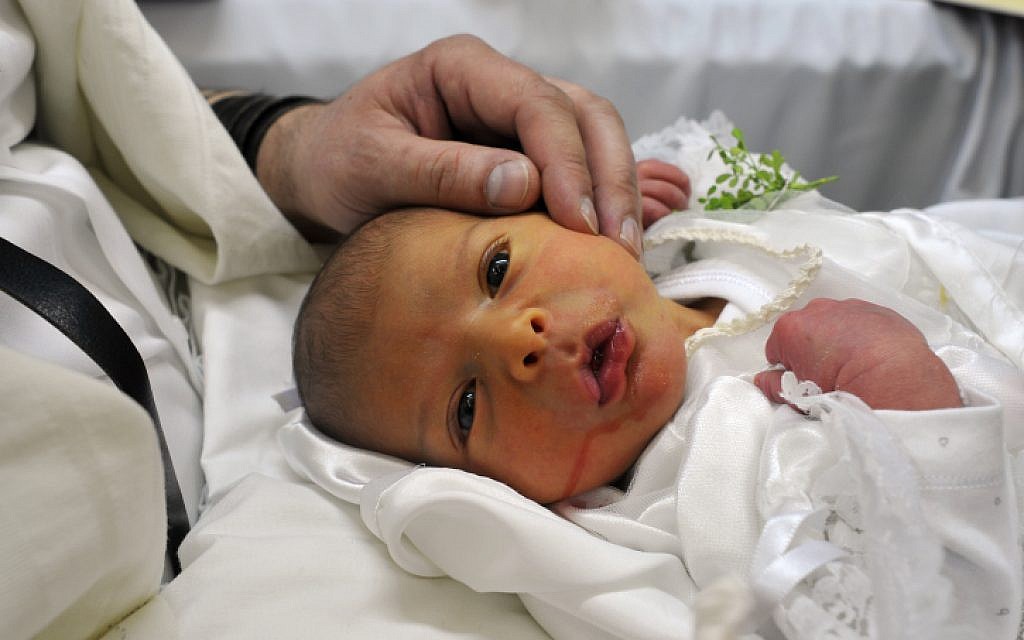Circumcision is the surgical procedure to remove the foreskin (or “male glazes”) that covers the
male penis. Usually, newborn babies are circumcised soon after birth. In some countries, such
the United States, this is not always the case. Foreskin retraction has been long believed to
have health benefits.
Masturbation and foreplay were traditionally the only methods to get a baby to engage in
foreplay. In America today, many parents have decided to forgo masturbation and crude sexual
contact before having sex. Many babies don’t develop normal pre-ejaculatory response and
don’t produce any detectable amount of sperm. This is why doctors no longer recommend it.
First, sperm deficiency can lead infection which can increase the chance of having a boy or girl
infant. Second, it can cause irreversible damage to the newborn.
Many people are skeptical about the medical benefits of circumcision. Circumcision lowers the
risk of acquiring sexually transmitted diseases. It also lowers the possibility of infecting the
mother during childbirth. In some African countries girls are required to circumcise in order to
conceive boys.
There are many health benefits to male infant circumcision. The foreskin protects the penile
head from being scratched. This allows for more consistent erections and longer periods. This
has been a common treatment for premature ejaculation. Premature ejaculation causes a man to
lose his erection, which lowers the pleasure that he feels during sex.
There are some details that are not common in the surgery. Anesthesia is required in countries
where this procedure is performed on babies. This procedure has a higher success rate in
countries that use local anesthesia. This is because the presence of an anesthetic causes the
pain to subside so quickly. This allows the doctor to perform the operation without too much
discomfort to the baby or his parents. There are no significant side effects to this procedure.
There are various ways that babies are made to feel comfortable before and after their
circumcisions. These procedures are usually performed at the baby’s place of residence. A
skilled healthcare provider can help the baby feel at ease and explain the risks and benefits of
the procedure. The provider will also inform the parents that the procedure will only take place
on healthy newborns. The entire procedure may be canceled if the baby is ill or has an infection

The procedure is often compared in some ways to the surgical removal of healthy tissue from
adults. A surgical procedure is not required for a newborn because he is still growing. Although
there are several benefits to the procedure, it is important to remember that the procedure
should only be performed on newborns with healthy parents. This ensures the best outcome.
Before a parent decides whether to proceed with the procedure, they should be fully informed
about all the risks, side effects, as well as any additional details. These should include the
potential complications as well as the side effects. There are several risks to the procedure and
additional details that may help parents and others to avoid unnecessary complications. To
make informed decisions, those interested should do more research. By doing so, they are likely
to have a better experience than if they were uninformed